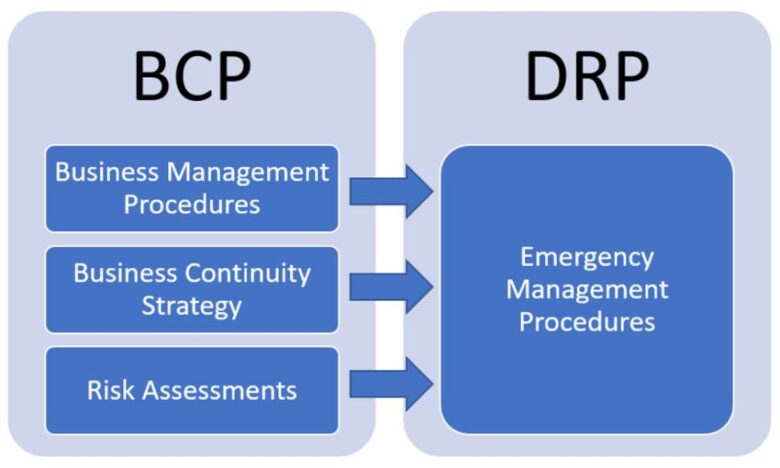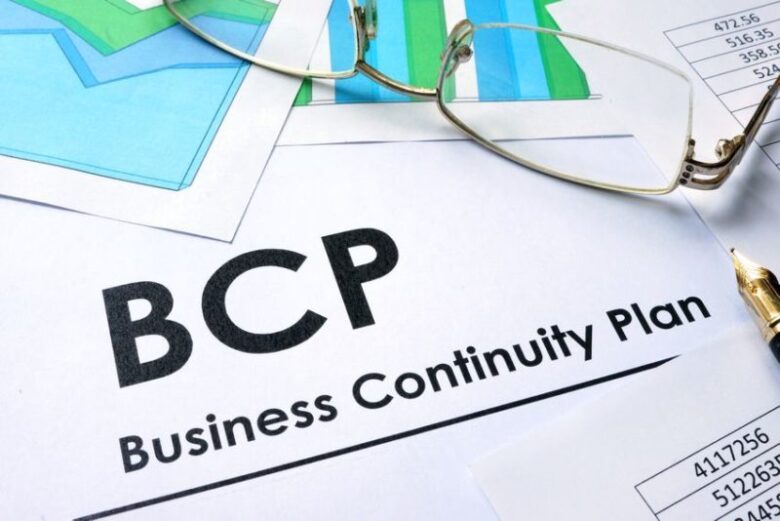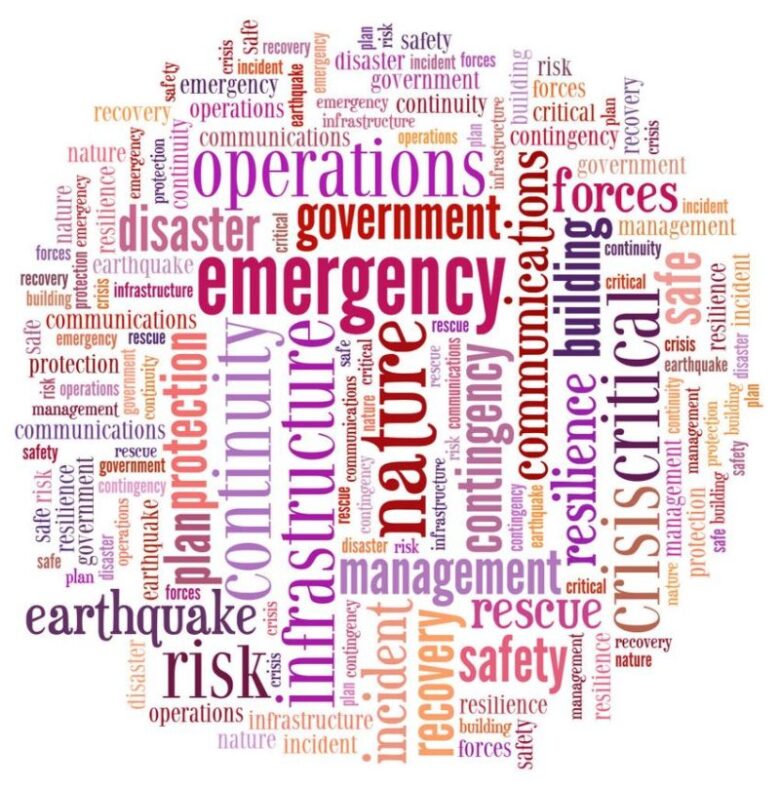DRP is a Disaster Recovery Plan and BCP is a Business Continuity Plan. The two terms have pretty similar definitions and it’s hard to differentiate them in actual usage. They are very intertwined and even though not completely the same, their definitions are quite similar and, ultimately, refer to the same thing.
Both of them are talking about the necessary actions in case of a disaster. Every business has to be prepared for a disaster and data loss. It isn’t uncommon for companies to lose the access to their data and in case that happens, they have to do everything possible to prevent that from ruining their business. It can be a natural disaster, a fire, an outage, or something else that causes you to lose precious data. In the past, that would kill the business, but now we have come up with numerous different solutions for continuing the work and bringing back the data.

Information is now being duplicated and backed up. Businesses aren’t left to do everything on their own, as there are companies such as SemTech IT Solutions that offer their expertise and help. And in order to fully understand the difference between DRP and BCP, I’ll add the hierarchy of planning for disasters:
Business Impact Analysis > Business Continuity Plan > Disaster Recovery Plan > System Recovery Plan
So, the business continuity plan leads into the disaster recovery plan. And here are their definitions:
Business Continuity Plan is a plan on how the business will continue to operate after a disaster. It includes numerous things some of which are paper processes, staff relocation, location of documents, contact details, and communication with partners and customers. This plan will define alternatives for continuing the business and lead the business into developing the Disaster Recovery Plan, or rather it defines the business requirements for the DRP.

On the other hand, the Disaster Recovery Plan works to restore the business operations as usual after the disaster.
So, to sum up, BCP is the first step as it allows the business to continue to operate, on a different location if necessary, despite the damage that has been done. Then comes the Disaster Recovery Plan that will work to repair the damage and enable the business to operate the way it did before the disaster.
Even though the two terms are quite similar, they are still two completely different things. Here’s a simple example. In case the laptop you’re always working on stops working, you need a Business Continuity Plan which can be simply having a different computer on which you can continue your work. On the other hand, your Disaster Recovery Plan will describe how you’re going to go about fixing the broken laptop. It’s quite simple really.

source:smallbusiness.co.uk
Businesses should have both, the BCP and the DRP. Just one won’t cut it and any serious business owner knows that. Businesses also have experts who understand the potential risks, are able to identify the possible disaster scenarios, identify the critical business functions via the Business Impact Assessment and Vulnerability Assessment, and who will make the plans that will enable the company to be as unaffected by the disaster as possible.



